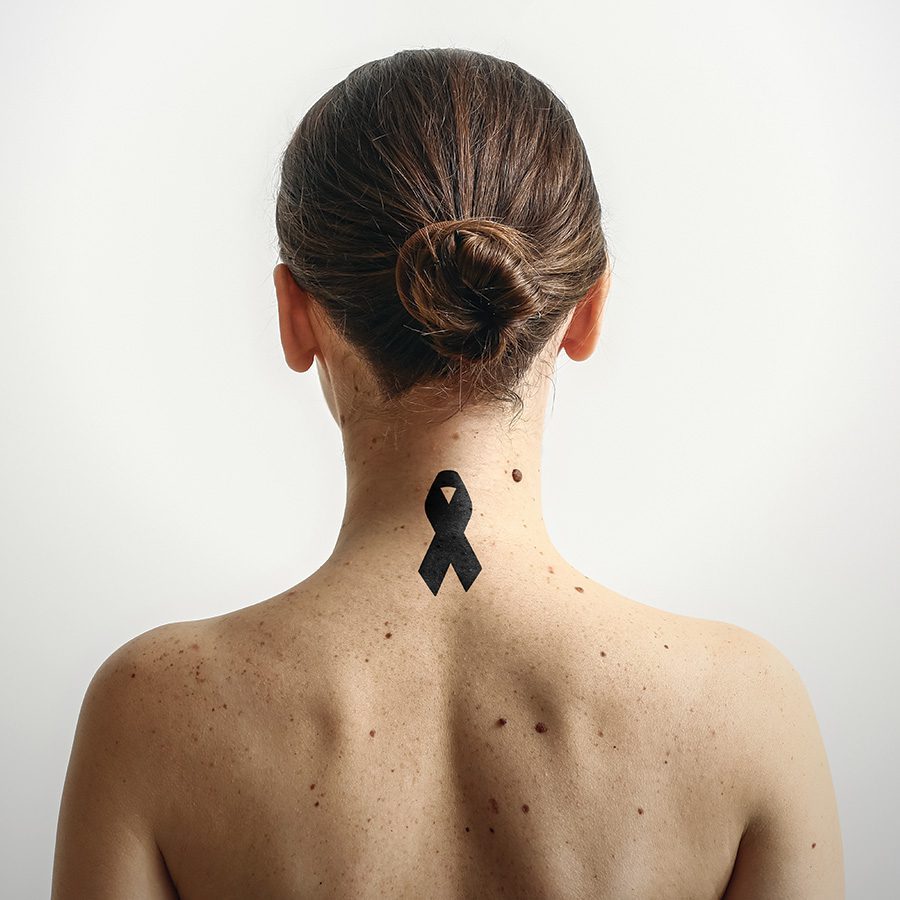Are All Cancers Carcinomas?

Cancer is a word that can make anyone feel scared. It's a disease that affects many people, and there are many different types. One question that often comes up is, “Are all cancers carcinomas?” To answer this, we need to explore what carcinomas are and how they fit into the bigger picture of cancer. Let’s dive in together!
What is Cancer?
Before we get into carcinomas, let’s talk about cancer in general. Cancer happens when cells in our body grow out of control. Normally, our cells know when to grow, when to stop, and when to die. But sometimes, something goes wrong. These out-of-control cells can form lumps, called tumors.
There are two main types of tumors: benign (not cancerous) and malignant (cancerous). Malignant tumors can spread to other parts of the body, which is why they are dangerous.
What is a Carcinoma?
Now, let’s focus on carcinomas. A carcinoma is a type of cancer that starts in the skin or in tissues that line or cover internal organs. This means that carcinomas are a specific category of cancer.
Types of Carcinomas
Carcinomas can be divided into several types, but the two most common are:
-
Adenocarcinoma: This type starts in glandular cells, which are cells that make and release substances like mucus or hormones. For example, breast cancer and prostate cancer are types of adenocarcinomas.
-
Squamous Cell Carcinoma: This type begins in squamous cells, which are flat cells found in the skin and lining of some organs. Skin cancer is often a squamous cell carcinoma.
Are All Cancers Carcinomas?
Now that we know what carcinomas are, let’s answer the big question: Are all cancers carcinomas? The answer is no. While all carcinomas are cancers, not all cancers are carcinomas.
Other Types of Cancer
Cancer can actually be classified into several different categories. Here are a few types that are not carcinomas:
-
Sarcomas: These cancers start in connective tissues like bones, muscles, and fat. An example is osteosarcoma, which is a type of bone cancer.
-
Leukemia: This type of cancer begins in the blood-forming tissues, like the bone marrow. It leads to the production of a large number of abnormal blood cells.
-
Lymphomas: These cancers start in the lymphatic system, which is part of the immune system. Hodgkin lymphoma is one example.
-
Melanomas: These are cancers that develop from melanocytes, the cells that give our skin its color. Skin cancer can be a melanoma, but not all skin cancers are carcinomas.
Real-Life Example: Understanding the Differences
Let’s look at a real-life example to make this clearer. Imagine Jane, a 45-year-old woman. Jane finds a lump in her breast. After going to the doctor, she learns that she has breast cancer. The doctor explains that her cancer is an adenocarcinoma because it started in glandular tissue.
Now, consider Tom, a 50-year-old man who has been feeling weak and has frequent bruising. After some tests, he finds out he has leukemia, which is a completely different type of cancer that affects his blood.
In both cases, Jane and Tom have cancer, but they have different types. Jane has a carcinoma, while Tom has leukemia.
Why Does This Matter?
Understanding the differences between carcinomas and other types of cancer is important for several reasons:
-
Treatment Options: Different types of cancer often require different treatments. For example, a carcinoma may be treated with surgery, chemotherapy, or radiation, while leukemia might be treated with medications that target blood cells.
-
Prognosis: The outlook for patients can vary greatly depending on the type of cancer. Some cancers are more aggressive than others, and knowing the type helps doctors give a better idea of what to expect.
-
Awareness and Prevention: Knowing the types of cancers can help people understand their risks and the importance of screenings. For example, women are encouraged to have regular mammograms to catch breast carcinomas early.
Practical Tips for Understanding Cancer
Here are some practical tips to help you understand cancer better:
-
Stay Informed: Read articles, watch educational videos, or listen to podcasts about cancer. Knowledge is power!
-
Ask Questions: If you or someone you know is diagnosed with cancer, don’t hesitate to ask doctors questions. Understanding the type of cancer can help with treatment decisions.
-
Support Resources: Look for local support groups or online communities. Talking to others who are going through similar experiences can be very helpful.
-
Healthy Lifestyle: While not all cancers can be prevented, living a healthy lifestyle can lower your risk. This includes eating a balanced diet, exercising regularly, and avoiding tobacco.
-
Regular Check-Ups: Make sure to go for regular health check-ups. Early detection is key in treating many cancers effectively.
Conclusion: The Bigger Picture of Cancer
In conclusion, while carcinomas are a significant part of the cancer family, they are not the only type. Understanding the differences between carcinomas and other cancers like sarcomas, leukemias, and lymphomas can help us all become more informed and better prepared.
Remember Jane and Tom? Their stories show that while cancer can be scary, knowledge and awareness can empower us to take action. Whether it’s through regular check-ups, staying informed, or supporting loved ones, we can all play a part in fighting this disease.
So, the next time someone asks, “Are all cancers carcinomas?” you can confidently explain that while all carcinomas are cancers, not all cancers are carcinomas. And that understanding can make a world of difference!



Comments ()